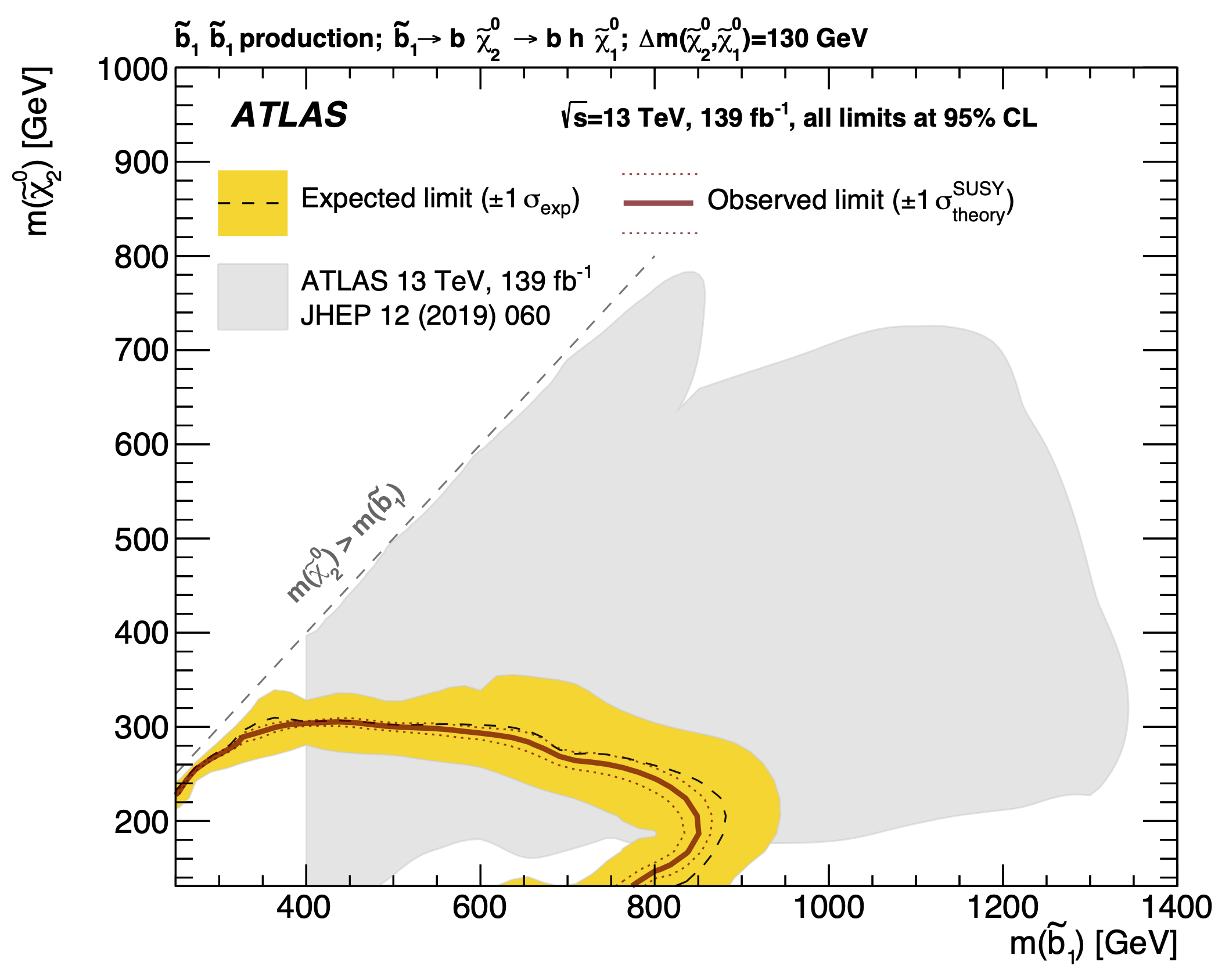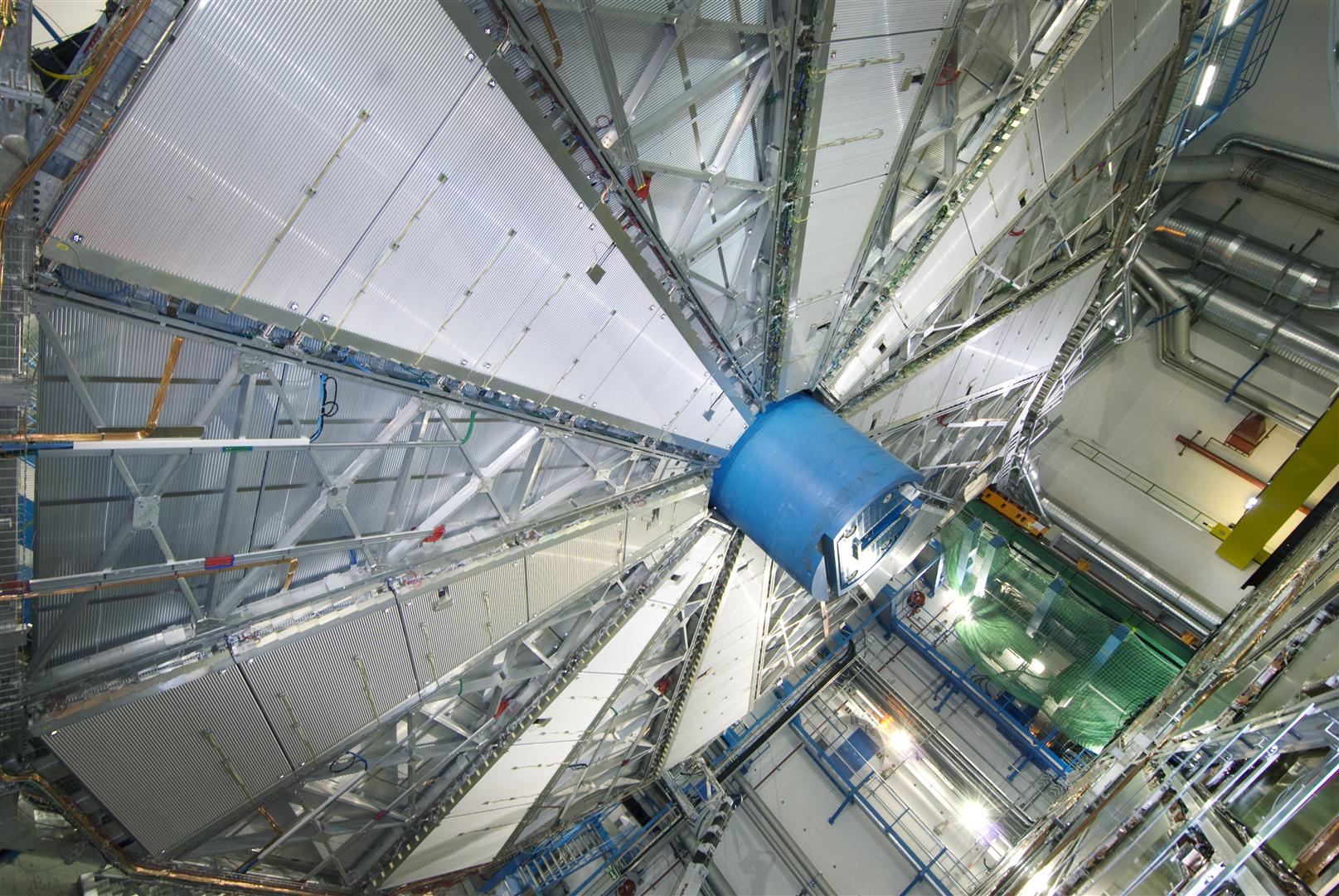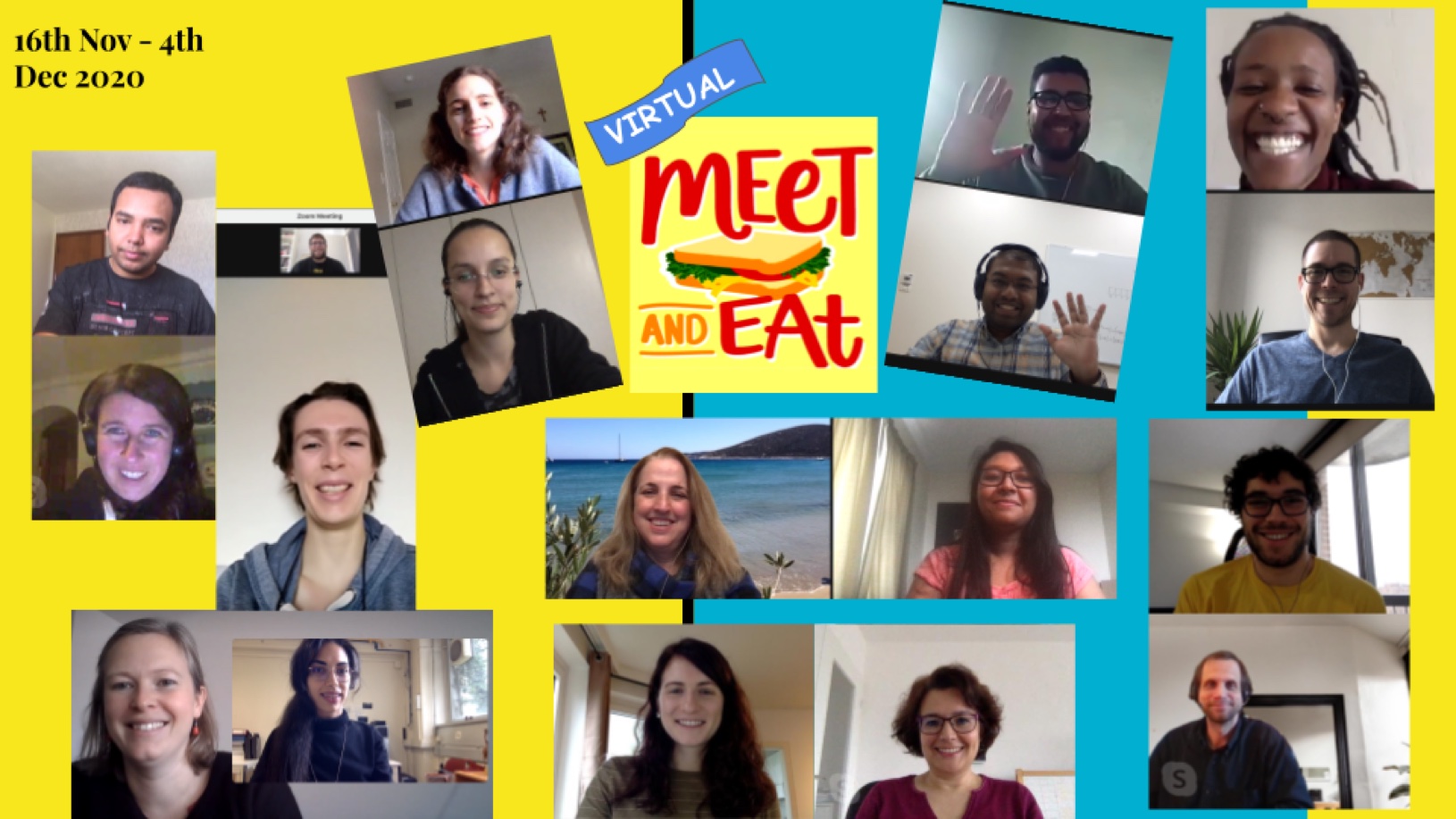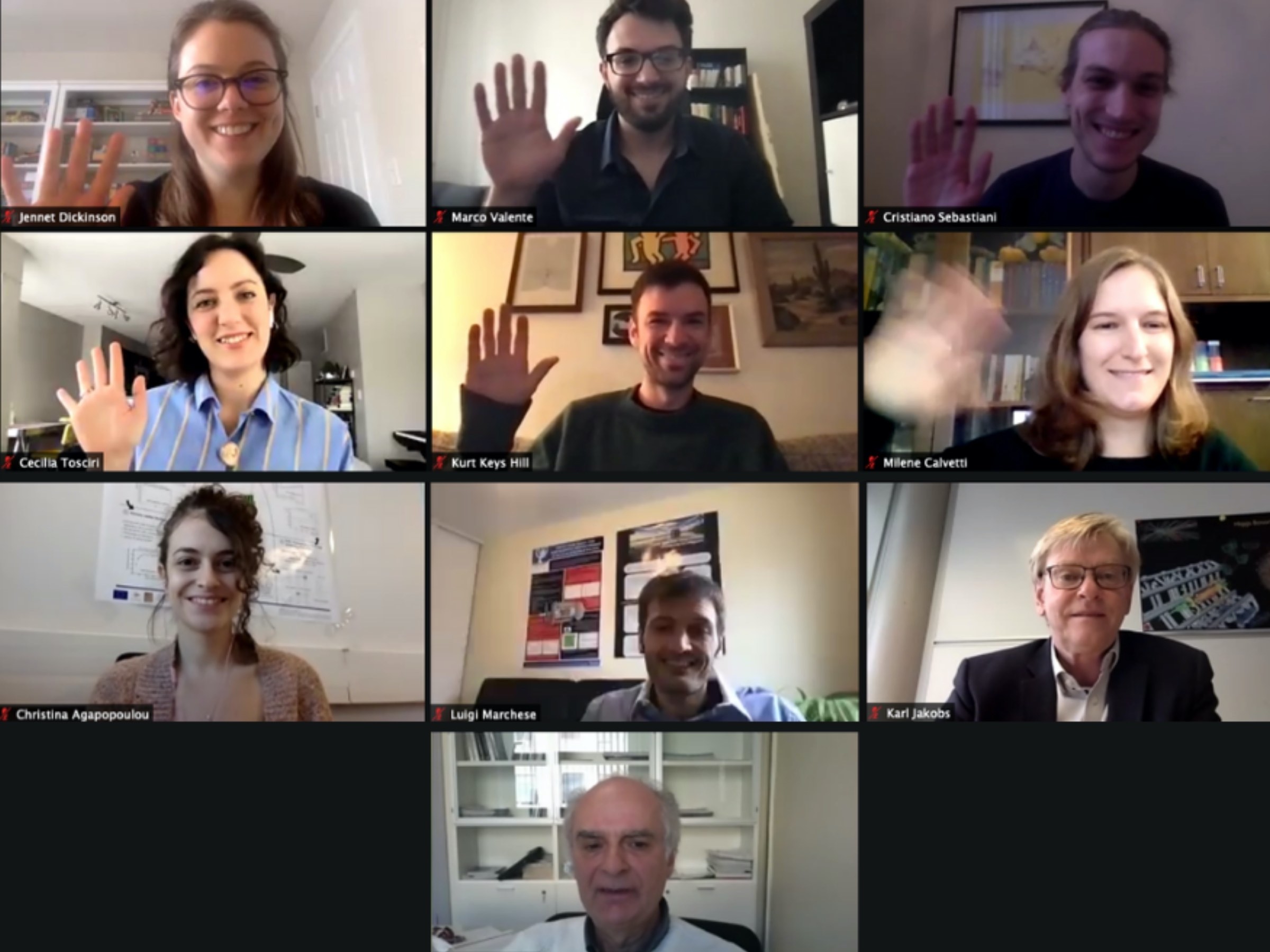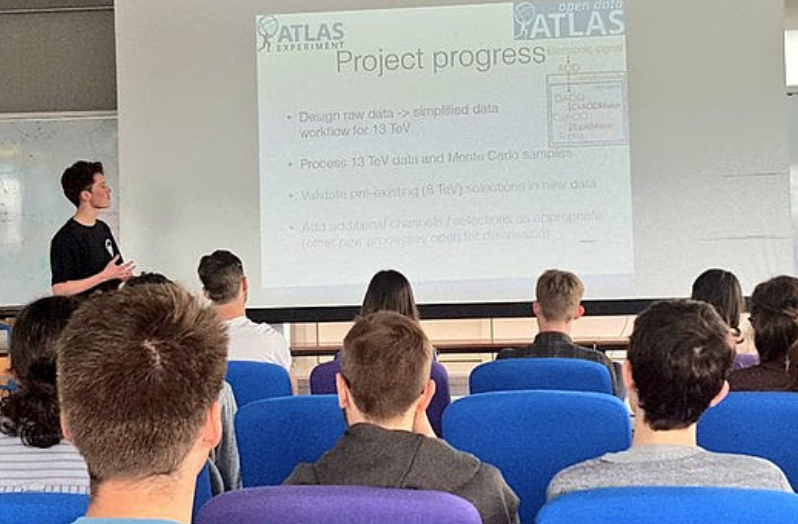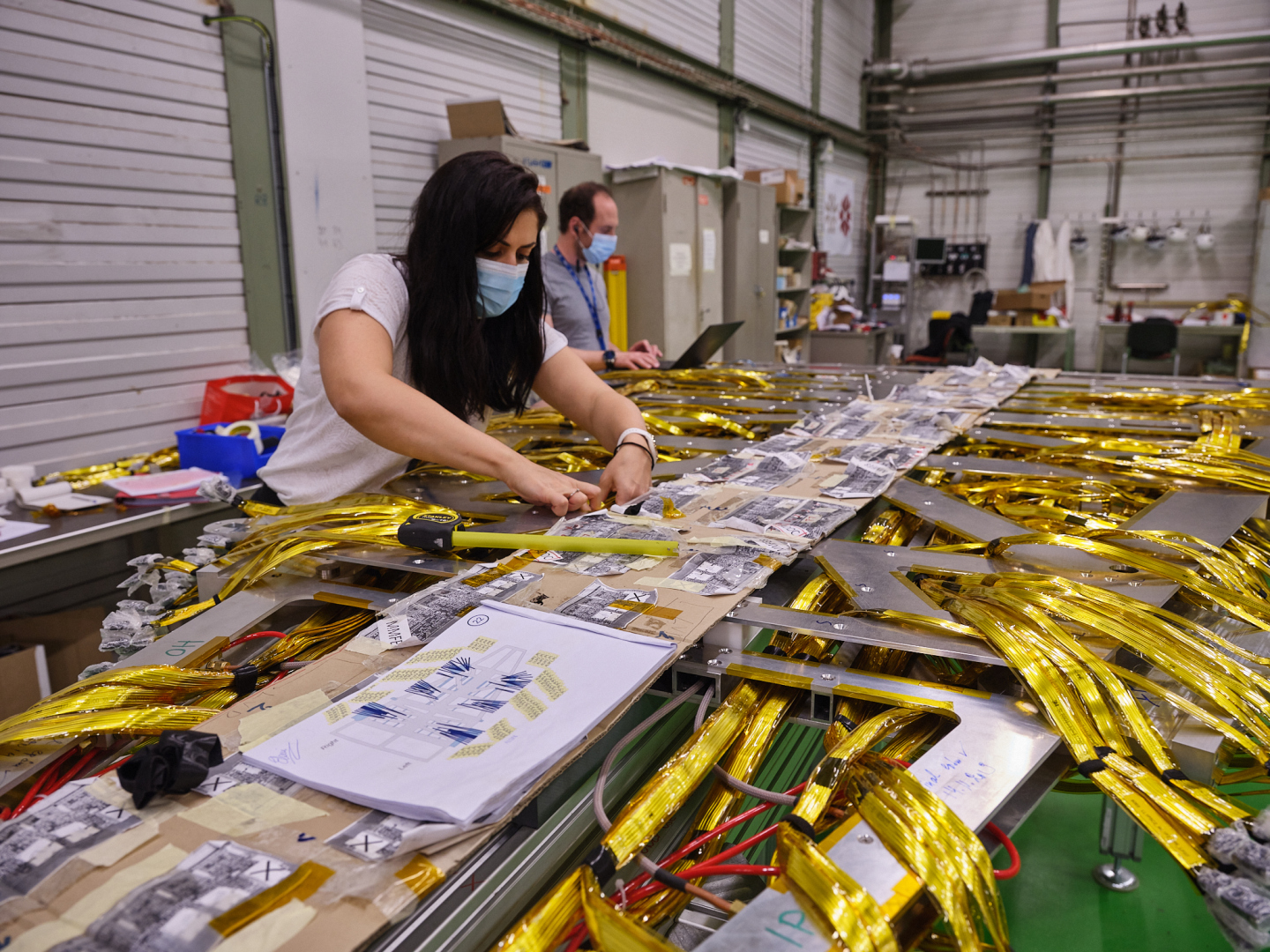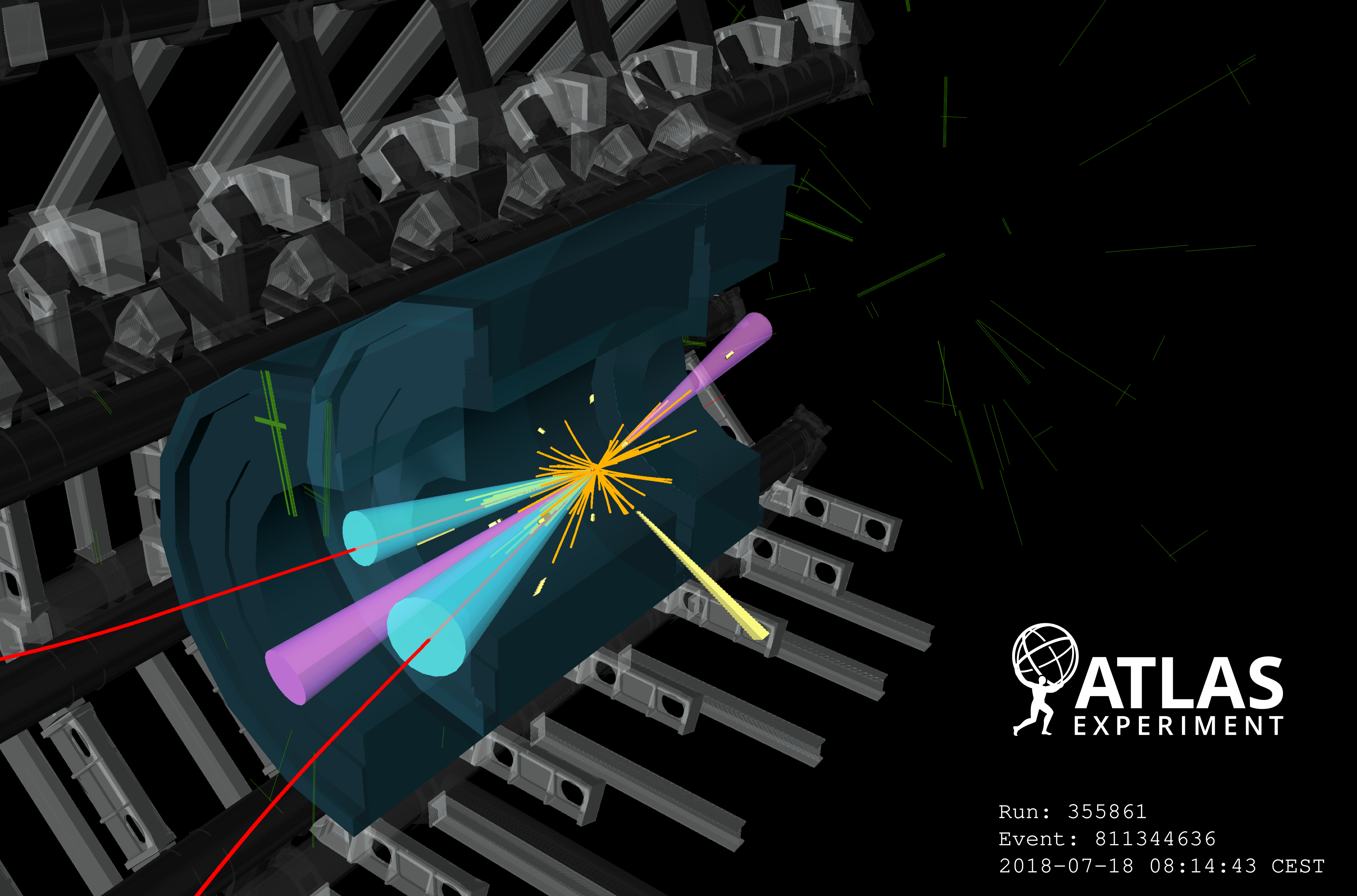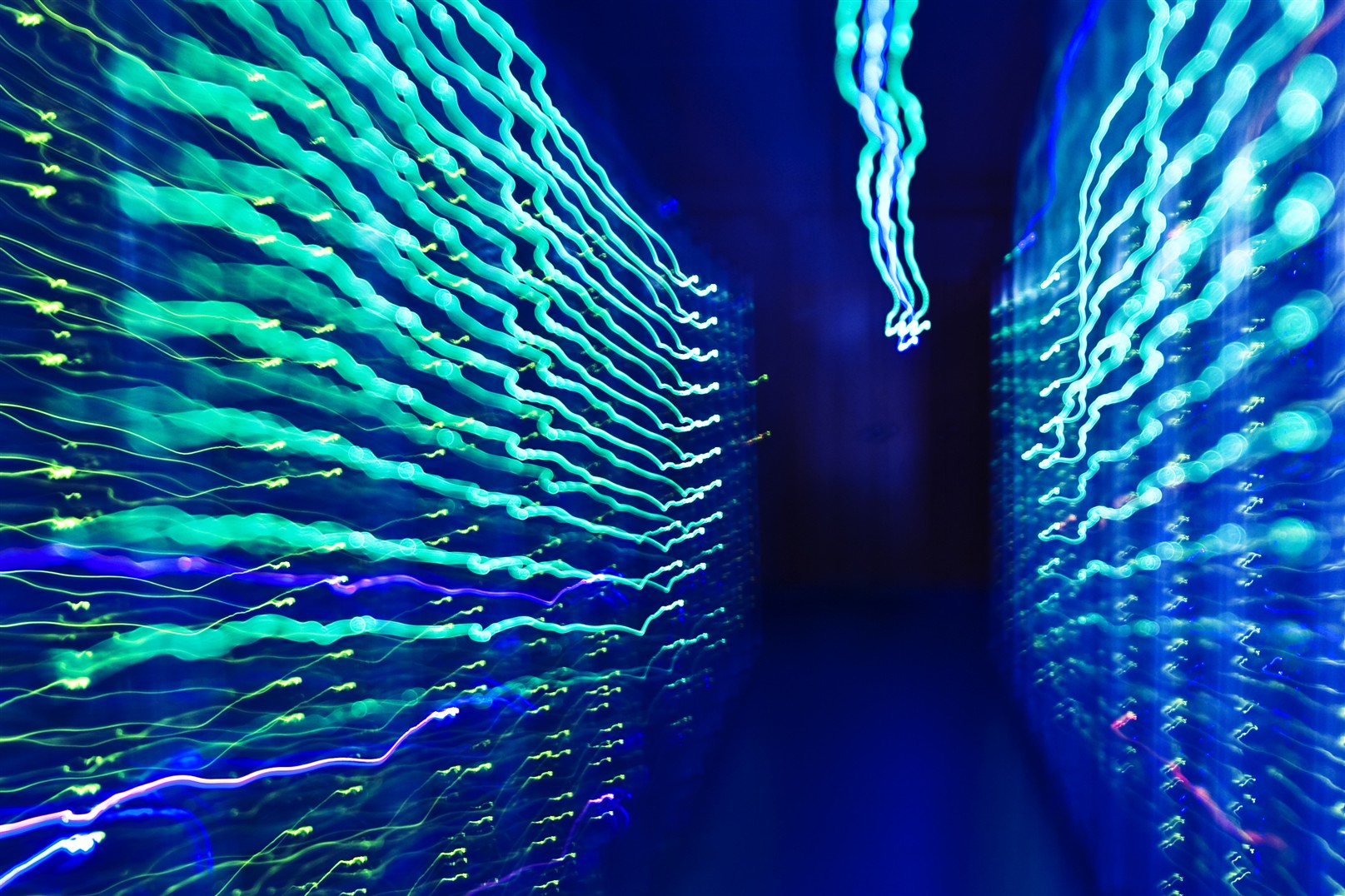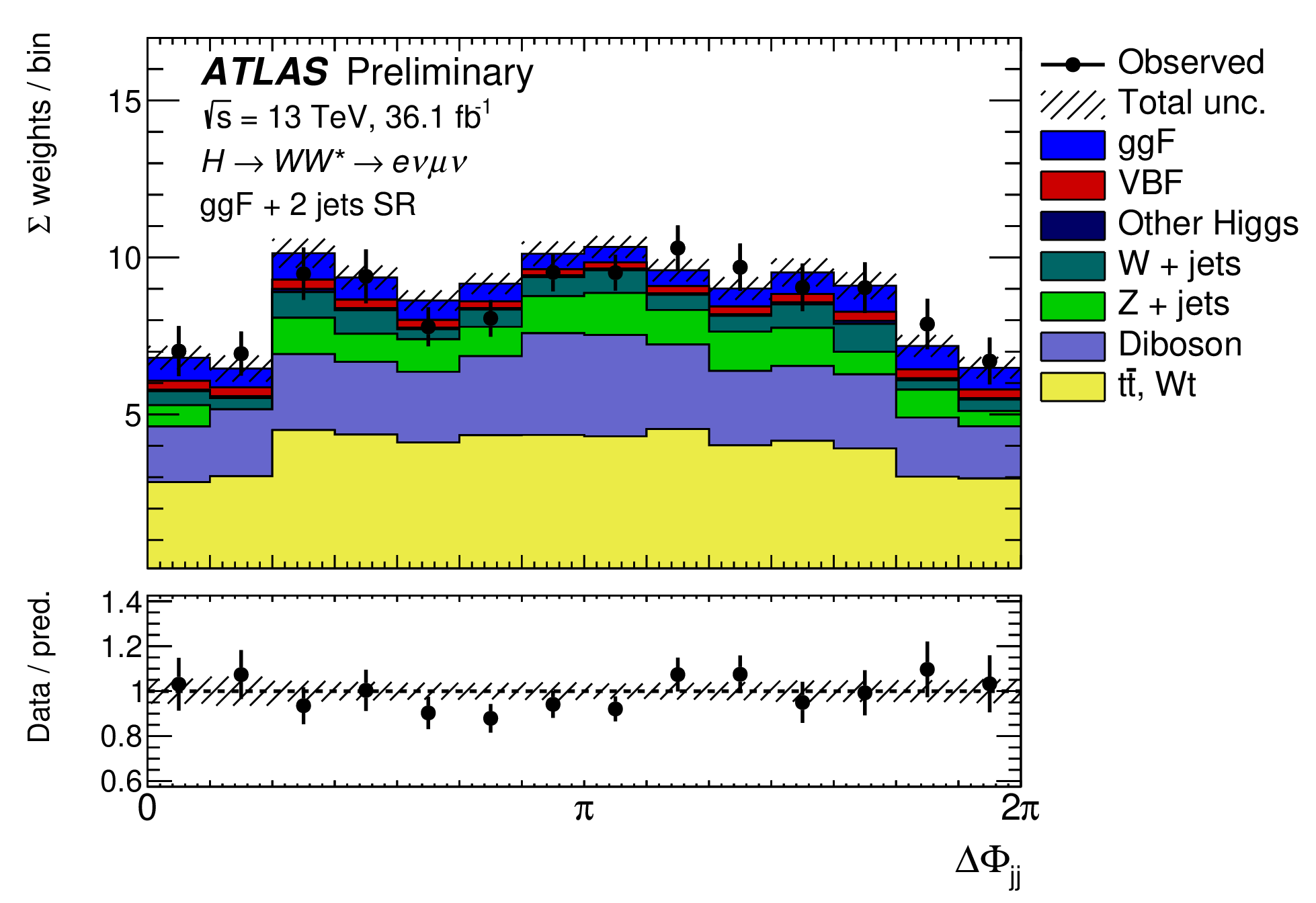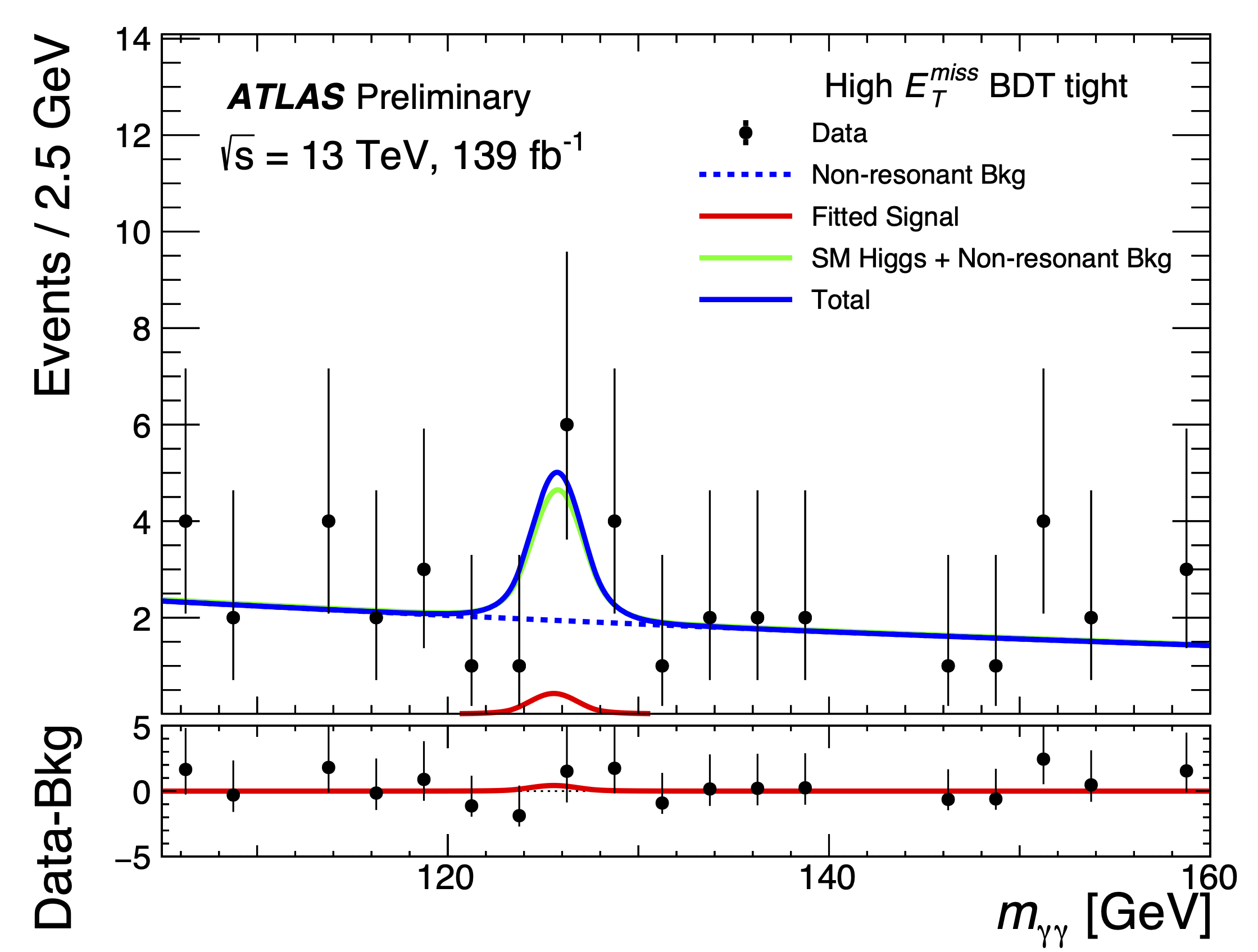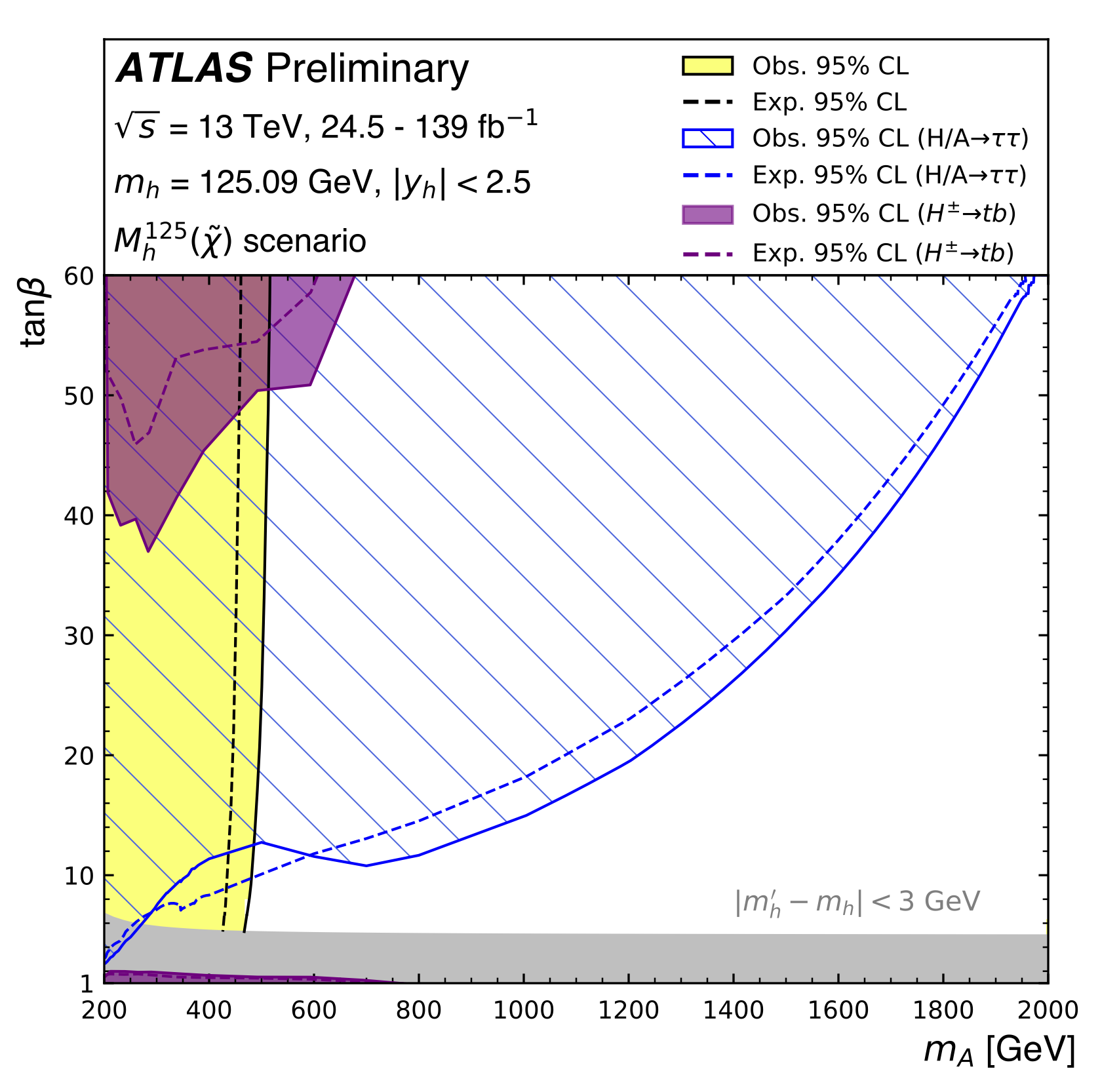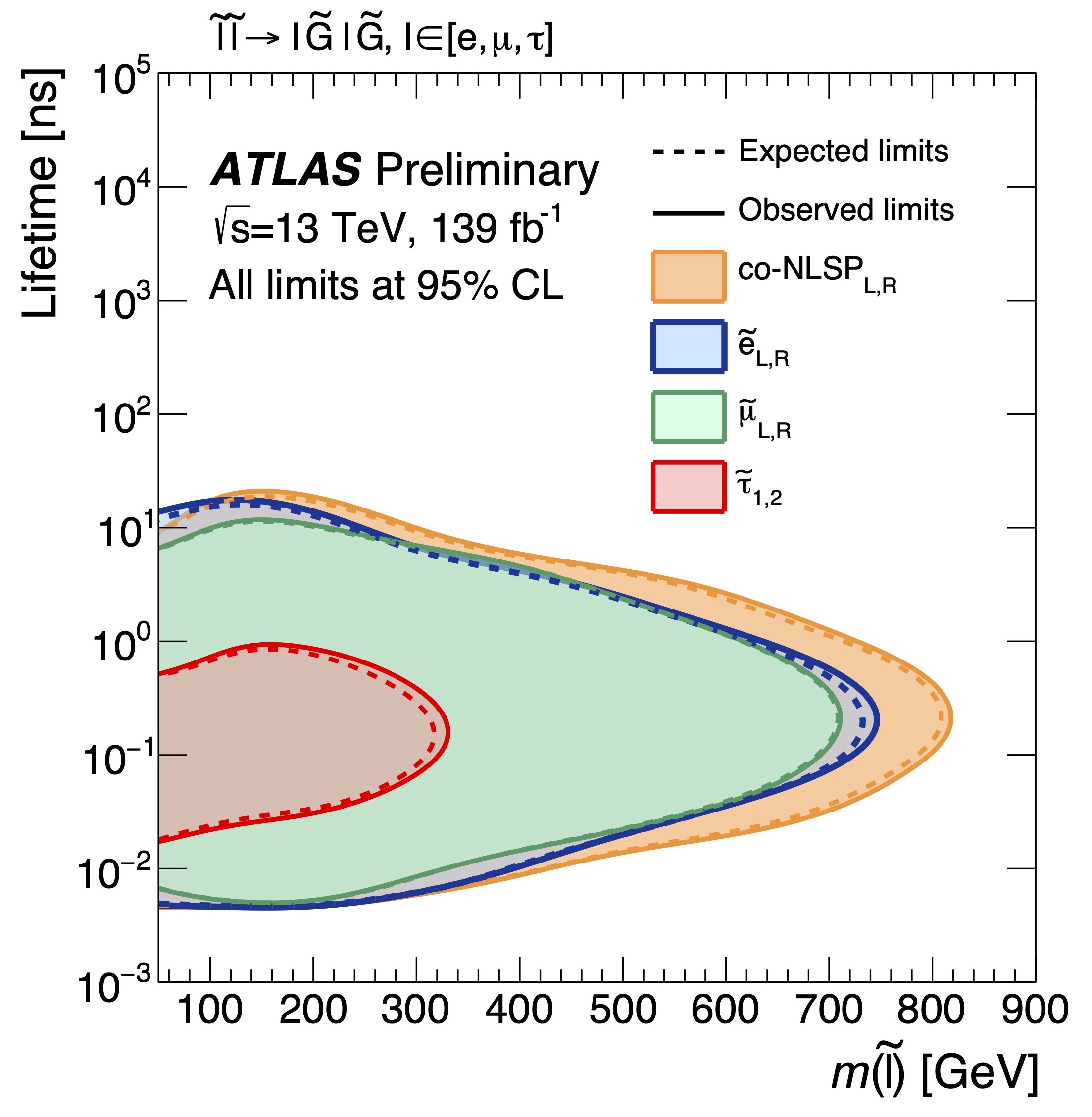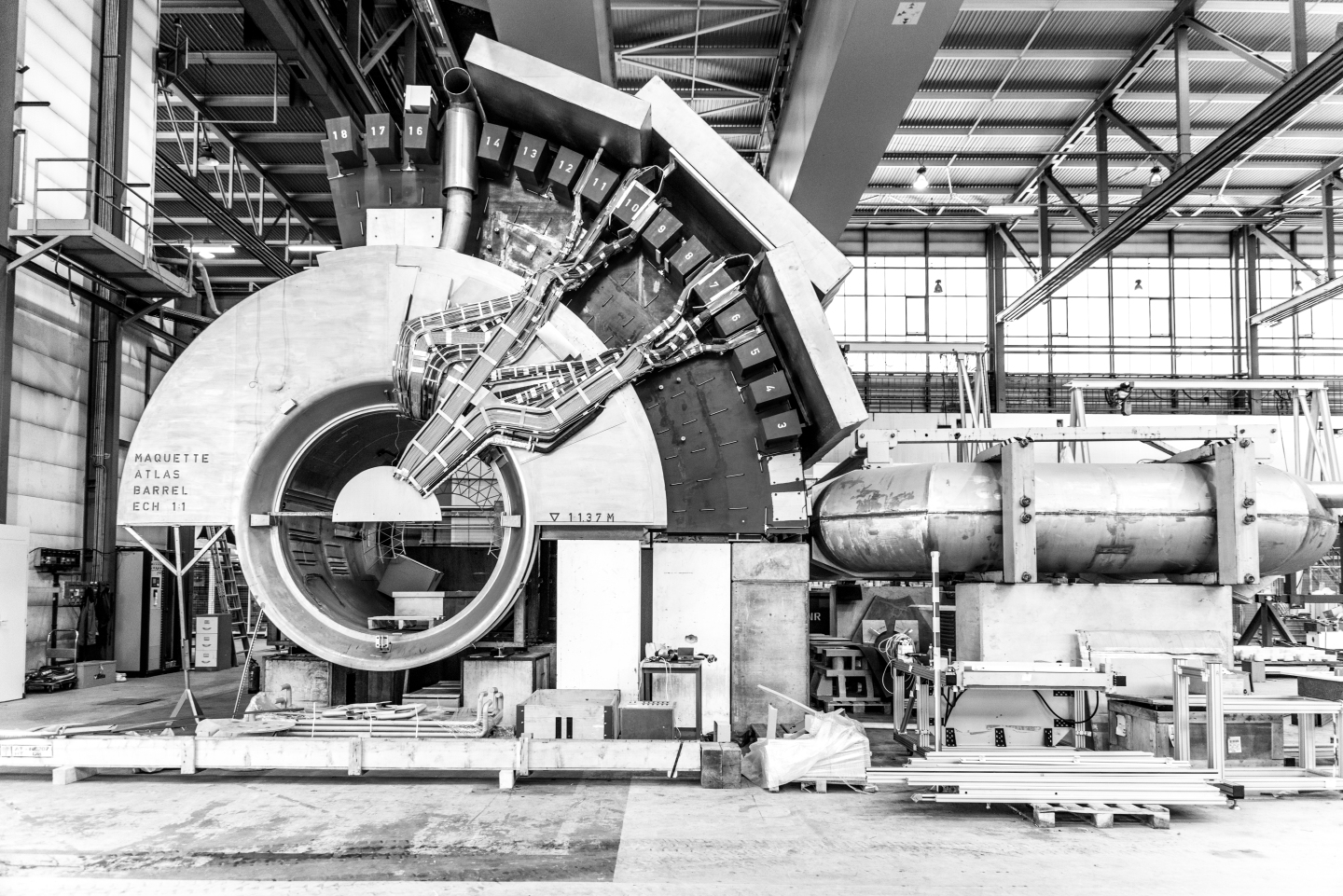Better late than never: ATLAS searches for late-decaying new particles
Deeper insight into Higgs boson production using W bosons
Summary of new ATLAS results from Moriond 2021
News |
The supersymmetric bottom quark and its friends
Studying top quarks at high and not-so-high energies
The power of position: aligning the ATLAS muon spectrometer
ATLAS: now under new management
News |
Planning an event during a pandemic
Blog |
Students step into the limelight: ATLAS awards excellent PhD theses
News |
ATLAS recognises the outstanding achievements of Collaboration members
News |
ATLAS finds evidence of a rare Higgs boson Dalitz decay to two leptons and a photon
Teaching university students with real ATLAS data
Blog |
2020: an unprecedented year in review
News |
Studying the Higgs boson in its most common – yet uncommonly challenging – decay channel
ATLAS Live talk: How elementary particles are detected with Prof. Daniela Bortoletto
News |
ATLAS releases new open software
The ATLAS Collaboration has just released a collection of 200 software packages that make up the Trigger and Data Acquisition System (TDAQ). With this new release, most ATLAS software is now open – reinforcing the Collaboration’s ongoing commitment to open science.
News |
Refining the picture of the Higgs boson
A new result from the ATLAS Collaboration, released for the Higgs 2020 conference, aims at enriching the Higgs picture by studying its WW* decays.
ATLAS Live talk: Searching for Dark Matter with Dr. Christian Ohm
News |
ATLAS uses the Higgs boson as a tool to search for Dark Matter
One of the great unexplained mysteries is the nature of dark matter. So far, its existence has only been established through gravitational effects observed in space; no dark-matter particles with the needed properties have (yet) been detected. Could the Higgs boson be the key to their discovery?
Higgs boson probes for new phenomena
ATLAS scientists are implementing a new strategy in the search for physics beyond the Standard Model – one that combines measurements across the full spectrum of the Collaboration's research programme.
Leptons at a distance: a new search for long-lived particles
ATLAS researchers are broadening their extensive search programme to look for more unusual signatures of unknown physics, such as long-lived particles. A theory that naturally motivates long-lived particles is supersymmetry (SUSY). A new search from the ATLAS Collaboration – released this week for the 5th International Conference on Particle Physics and Astrophysics (ICPPA-2020) – looks for the superpartners of the electron, muon and tau lepton
Unraveling Nature's secrets: vector boson scattering at the LHC
In 2017, the ATLAS and CMS Collaborations announced the detection of a never-before-observed process: vector boson scattering.
Feature |
Exploring the “coolest” mock-up
It was in 2014, just a few months after my transition from ALICE to ATLAS, that I saw the mock-up for the first time: a full-scale wooden reproduction of the central portion of the ATLAS experiment, measuring some 8 metres high and wide.
Blog |
Z bosons zoom through quark–gluon plasma as jets quench
With new data from the LHC, ATLAS physicists have measured jet-quenching phenomena in the quark–gluon plasma with help of Z bosons.
ATLAS highlights presented at the world's largest particle-physics conference
As major players in the field of particle physics, the LHC collaborations contributed many new results, most of which exploited the full Run-2 dataset, recorded in 2015 to 2018. ATLAS physicists contributed 35 new results, and gave 85 talks in the parallel and plenary sessions. Their contributions spanned a wide range of topics, from precision measurements and searches for new phenomena to detector performance and R&D, as well as diversity and outreach.
News |








